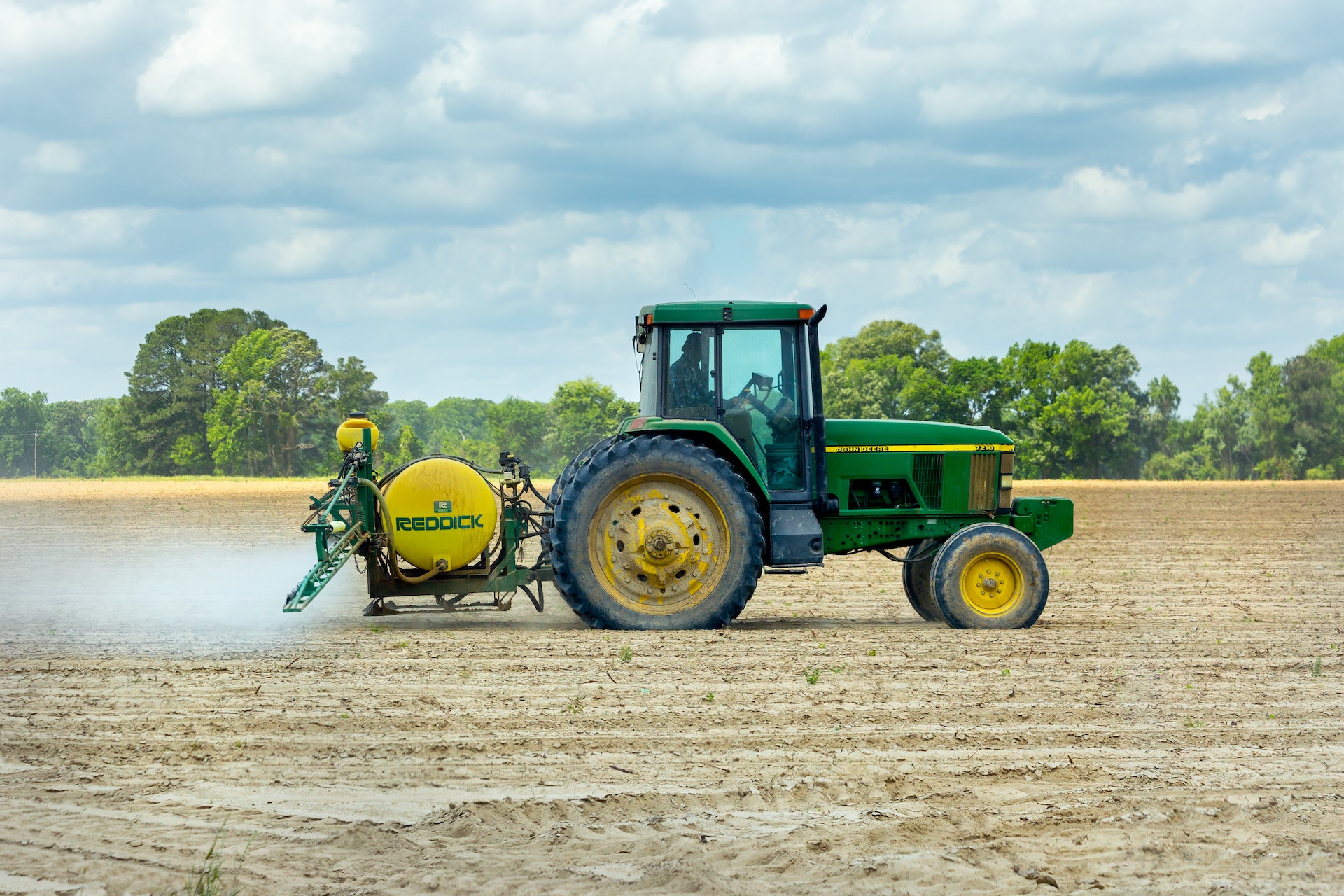Technology advancements have allowed for the development of new farming equipment that can significantly improve the efficiency and safety of farming. Farmers have access to new tools that can safely till, weed, and harvest a particular crop from a field with minimal human effort. Hence, farmers can increase the yield of their crops and reduce their labor input.
1. See & Spray Technology and Machine Learning
See and Spray technology utilizes machine learning to identify individual plants and apply the right amount of pesticide or fertilizer to each one. This technology is highly accurate and can significantly reduce the amount of pesticide and fertilizer used in the production of crops. Additionally, it can reduce labor costs and improve yields due to its precision and accuracy. Machine learning algorithms can monitor crop growth in real-time and detect pests or diseases before they become a significant issue.
2. Irrigation Control
Irrigation control is another essential aspect of farming that has benefited from technology. Modern irrigation systems utilize smart sensors that can monitor soil moisture and optimize water usage for a particular crop. This can significantly reduce water wastage and improve the overall efficiency of the irrigation system. Furthermore, advanced tracking technologies are now being used to monitor the exact location and movement of irrigation equipment, making it easier to monitor the use of resources.
3. Satellite and GIS Mapping
Satellite and GIS mapping technologies have revolutionized the way farming is done. Satellite imagery allows farmers to monitor their land and detect changes such as crop diseases or pest infestations. The data gathered from satellites can then be used to create detailed maps of fields and orchards, which can be used to plan the best strategies for planting and harvesting. GIS mapping also allows farmers to accurately monitor their crops’ health, making timely decisions and taking preventive measures when necessary.
4. Precision Agriculture
Precision agriculture uses advanced technologies and methods to precisely manage the environment and resources of a farm. This includes using GPS systems, sensors, robots, drones, and other automated systems. Precision agriculture allows farmers to accurately monitor the health of their crops, identify areas with nutrient deficiencies and manage crop irrigation more efficiently. This technology also helps farmers reduce input costs, such as fertilizers and pesticides, while increasing yields and improving product quality.
5. Blockchain
Another recent advancement in farming technology is the use of blockchain technology. Blockchain can securely store and share data between different parties, such as farmers, distributors, and retailers. This technology provides greater transparency and accountability in the food supply chain and helps farmers ensure that their product is not contaminated or adulterated. Blockchain can also be used to track the provenance of food products, giving consumers the assurance that they are purchasing safe and high-quality food.
Technology has had a profound impact on the farming industry and has transformed the way farmers grow and sell their crops. The continued development of new technologies will undoubtedly bring even more changes to the farming industry in the years to come which will play a large impact on products used in our daily lives.



